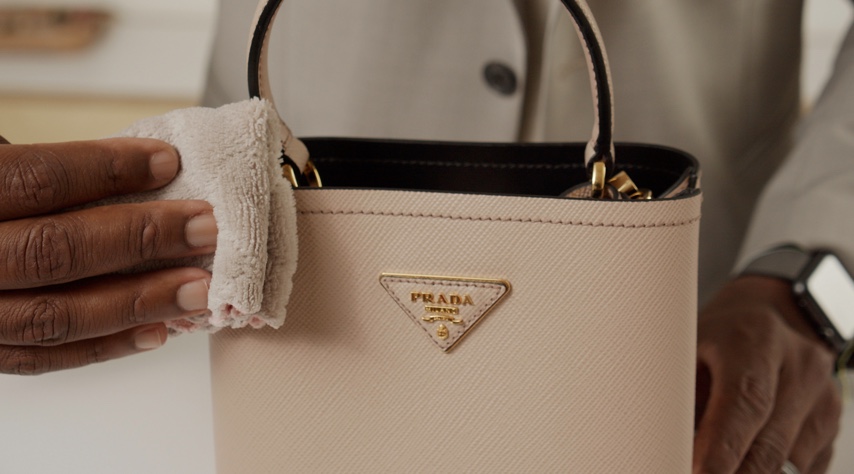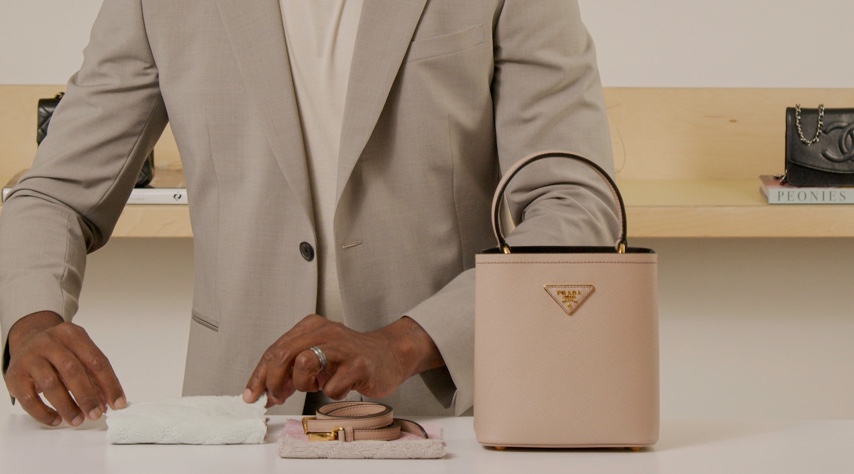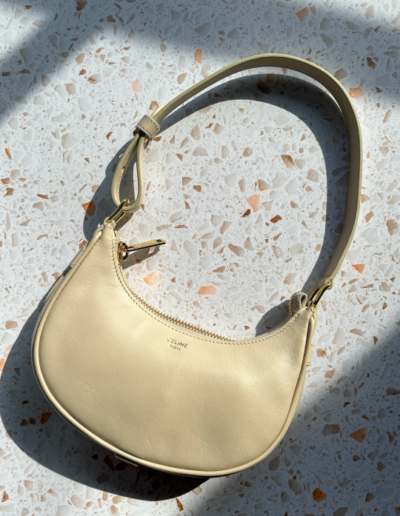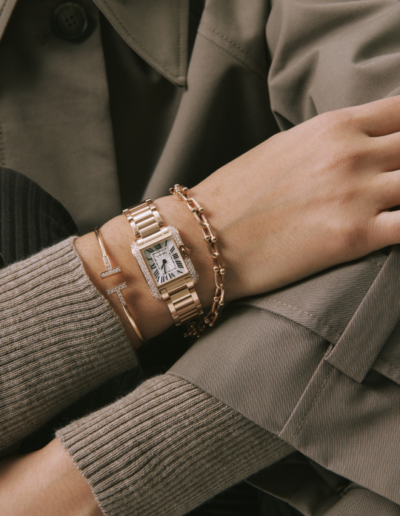BASICS & CARE
Handbag 101: How to
Properly Store Your Handbags
By Rebag. Oct 13, 2020

Handbag storage is usually a personal preference.
There are avid collectors who have their own routine, and there are those who don’t store their bags at all. But what about you? Is your storage routine, or lack thereof, causing more harm than good? Here’s Rebag’s very own guide to ideal storage conditions and routines to help you maintain the condition of your handbag collection, from dustbags to exposed hardware, the upright position, and more.
Proper storage is essential to maintaining your bag and keeping your purse in the best possible condition. To prepare your bag for storage, follow our tips outlined below on how to store luxury handbags.
Tip #1: Clean Your Bag
The first step in preparing your bag for storage is the most important. Rebag wants to make sure that your bag comes out of storage better than ever. Cleaning and conditioning your bag will guarantee that your bag is perfectly cared for before going in.
First, make sure that your bag is clean. Regular cleaning is essential, but deep cleaning before storage is even more so. Get the scoop on Rebag-approved cleaning techniques for basic cleaning tips, and check out our recommended spot treatment methods for trickier stains.

Tip #2: Stuff It
This tip is dependant on the shape and material of your bag. You must stuff your bag so that its structure is supported. If understuffed, you risk your bag creasing permanently or becoming misshapen. You can use small pillows, unused scarves, and even dye-free paper to stuff your bag and offer the support it needs to maintain its shape. Be careful not to overstuff it, or else the permanent result will be stretching and bulging of the material.

Tip #3: Tuck Away Extra Accessories
If your bag has other features or accessories, it’s important to consider wrapping them up and tucking them away. Chains or heavy handles that are left to sit against the bag itself are subject to leaving indentations in the material. If it’s a removable feature, you can detach it, wrap it up in a clean paper towel, and tuck it into the stuffing inside of the bag. If it can’t be detached, simply wrap it up with a clean paper towel to lessen the contact between the feature and the bag’s body.

Tip #4: Cover It Up
Once your bag is cleaned and stuffed, we highly recommend that it is stored in a dust bag. Bags have a tendency to discolor over time, especially when exposed to prolonged artificial or natural light. Leather oxidizes naturally, but when properly stored, this oxidation process can be delayed. If you want to be aware of what bag is in which dust bag, apply a label or photo to the exterior that will help you identify it.

Ideal Storage Conditions
When it comes to putting your dust bag-clad handbag away, there are three things to keep in mind: Humidity, Temperature, and Light.
Humidity: Most bag materials are best stored in 30-40% relative humidity. If the humidity of your storage space is too high, your bags are at risk of developing mildew or mold. Not only will this cause a lingering odor, but it could potentially ruin your bag altogether. To combat this in high humidity regions, place silica bead packets inside your bag. These packets are commonly found in product packaging and can be repurposed for handbag bag storage. If you’re looking to invest in more extensive care alternatives, you can purchase a dehumidifier or a dry cabinet.
Temperature: Generally, keeping your bag in a climate-controlled environment, such as your home, will suffice and no special temperature control is needed. However, if you live in a location with extreme climates, it is best to be aware of what the temperature in your home is. Handbags are best kept within the range of 60-75 degrees Fahrenheit with the ideal humidity mentioned previously. Keep in mind this temperature range will be different at various levels of humidity.
Light Exposure: And lastly, lighting is a major factor that is often overlooked when it comes to handbag storage. Exposure to both artificial and natural light over an extended period of time will discolor, fade, or even cause yellowing depending on your bag’s material. Ideally, handbags stored in dustbags will be protected from unnecessary light exposure. However, if you want to display your bags, which is understandable when you have a piece of art, closets that are primarily dark are best. Day-to-day closet lights will likely not affect your bag.
Caring for your handbags is incredibly important, especially if you’re investing in your collection. Bags are resilient and can withstand ordinary storage, but knowing your options in optimizing your bags’ storage will only lengthen the lifespan of your collection, and maintain its condition.



